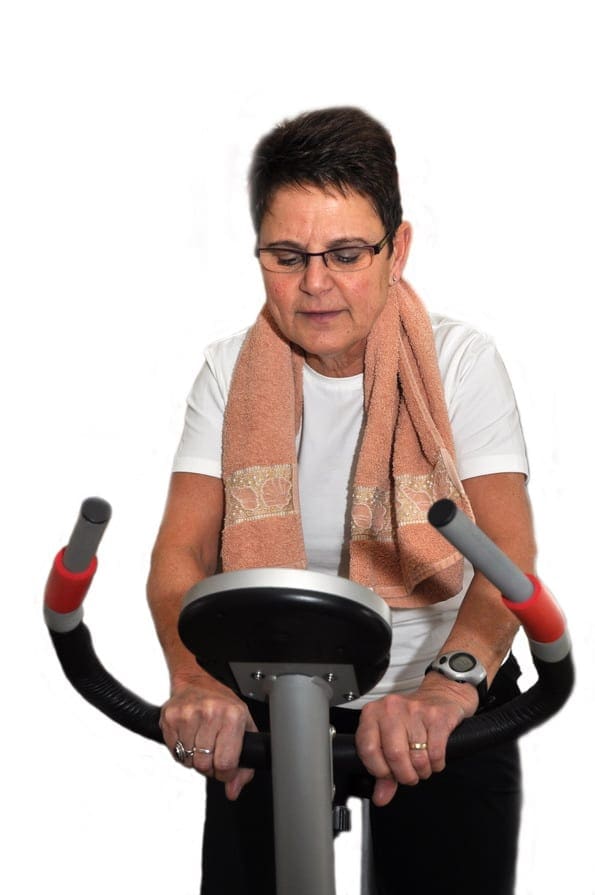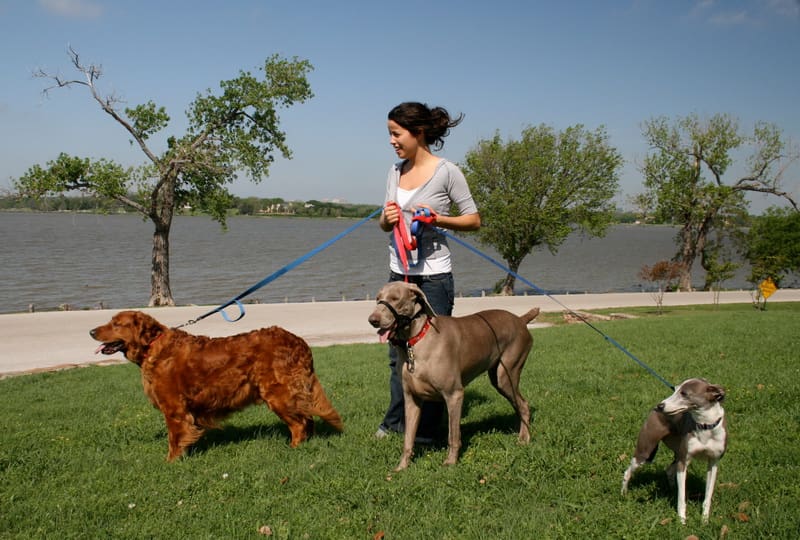Babies are delicate and can’t tell us what’s wrong, which can make even the smallest health issues feel like a big emergency. From fevers to strange rashes to unexplained crying, it’s completely normal for new parents to worry. The good news is that many baby health concerns are common and treatable, especially when you know what to look for and how to respond calmly.
In this guide, we’ll cover how to recognize and manage fevers, rashes, and other baby emergencies, when to seek medical help, and how to stay prepared so you can act quickly and confidently when your baby needs you most.
🌡 How to Handle a Baby Fever
What’s considered a fever?
- A rectal temperature of 100.4°F (38°C) or higher in babies under 3 months
- For babies older than 3 months, fever becomes more concerning when it’s above 102°F (38.9°C) or lasts more than a few days
What to do:
- For infants under 3 months, call your doctor immediately for any fever
- For older babies, keep them cool, hydrated, and comfortable
- Use infant acetaminophen or ibuprofen as directed by your pediatrician
- Monitor for signs of discomfort, poor feeding, or dehydration
📝 Tip: Always use a digital rectal thermometer for the most accurate reading in infants.
🌸 Managing Rashes in Babies
Common types of baby rashes include:
- Diaper rash: Red, irritated skin in the diaper area
- Heat rash: Small red bumps caused by overheating or sweating
- Eczema: Dry, scaly patches that may appear on the face, arms, or legs
- Viral rashes: Often follow a fever or illness (e.g., roseola)
What to do:
- Keep the affected area clean and dry
- Use a gentle, fragrance-free moisturizer or diaper cream
- Avoid overheating and dress your baby in breathable fabrics
- Call your doctor if the rash blisters, oozes, spreads quickly, or is accompanied by a high fever
📝 Tip: Take a photo of the rash to show your pediatrician if it changes or worsens.
🚨 Other Baby Emergencies to Watch For
Here are a few additional issues that may arise and how to handle them:
1. Choking
- If your baby is coughing or gagging but breathing, let them try to clear it
- If they are unable to breathe, cry, or cough, call 911 and begin infant CPR or back blows (only if trained)
2. Difficulty Breathing
- Look for fast or shallow breaths, flaring nostrils, or blue lips
- Call 911 or go to the ER immediately
3. Vomiting vs. Spit-Up
- Spit-up is normal in babies, but forceful, repeated vomiting may signal a problem
- Contact your pediatrician, especially if vomiting is green, bloody, or causes dehydration
4. Dehydration
- Signs include dry mouth, no tears when crying, fewer wet diapers, and sunken fontanelle (soft spot)
- Offer breast milk or formula frequently, and seek medical advice if signs worsen
5. High-Pitched Crying or Lethargy
- If your baby’s cry sounds different, or they are unusually sleepy or hard to wake, seek emergency care immediately
🧰 How to Be Prepared for Emergencies
- Keep a baby first aid kit at home and in your diaper bag
- Have your pediatrician’s number saved and visible
- Know the nearest urgent care or emergency room location
- Take an infant CPR and first aid class if you haven’t already
- Trust your instincts—you know your baby best
💬 Final Thoughts
While baby emergencies can feel frightening, most issues are treatable with prompt care and attention. Understanding what’s normal, what’s not, and when to call the doctor can help you stay calm and act quickly when needed. Trust your gut, stay prepared, and remember—you’re doing an amazing job taking care of your baby, even on the tough days.
❓ Frequently Asked Questions (FAQs)
1. When should I call the doctor for a fever?
Call immediately if your baby is under 3 months and has a fever of 100.4°F (38°C) or higher. For older babies, call if the fever lasts more than 3 days or is accompanied by unusual symptoms.
2. What’s the best way to treat a diaper rash?
Change diapers frequently, use a thick barrier cream (like zinc oxide), and let your baby go diaper-free for short periods to let the skin breathe.
3. How do I know if a rash is serious?
If the rash is blistering, rapidly spreading, accompanied by fever, or looks infected, call your doctor. Rashes that don’t fade when pressed also require urgent care.
4. What’s the difference between spit-up and vomiting?
Spit-up is gentle and common after feeding. Vomiting is more forceful, often repeated, and may be accompanied by discomfort or other symptoms.
5. Can teething cause a fever or rash?
Teething may cause mild fussiness, drooling, or a low-grade temperature, but not a true fever or rash on the body. If those symptoms occur, check for other causes.
6. How do I prevent overheating?
Dress your baby in one more layer than you would wear, and use breathable fabrics. Avoid heavy blankets and make sure the room is cool and well-ventilated.
7. What should I do if my baby is choking?
Call 911 immediately if your baby can’t breathe or cry. If trained, begin infant back blows and chest thrusts. Do not try to remove an object blindly from the mouth.
8. How can I learn infant CPR?
Many hospitals, pediatric offices, and community centers offer infant CPR and first aid classes. Online certification options are also available.











